1. Mixing Chemicals Without Proper Protection

It’s hard to believe, but back in the day, some science teachers would let us mix chemicals with nothing more than a pair of goggles and a vague warning. One minute, we’d be adding vinegar to baking soda, and the next, we’d be handling glass beakers filled with something that looked suspiciously like dangerous acid. There was a strange thrill in not knowing what could happen—would it bubble over? Would it turn into something we weren’t expecting?
Of course, this reckless curiosity led to some pretty terrifying moments. More than one classroom saw the eruption of foam, or worse, small chemical spills that sent students running for the door. In hindsight, it’s lucky no one got seriously hurt.
2. Playing with Dry Ice
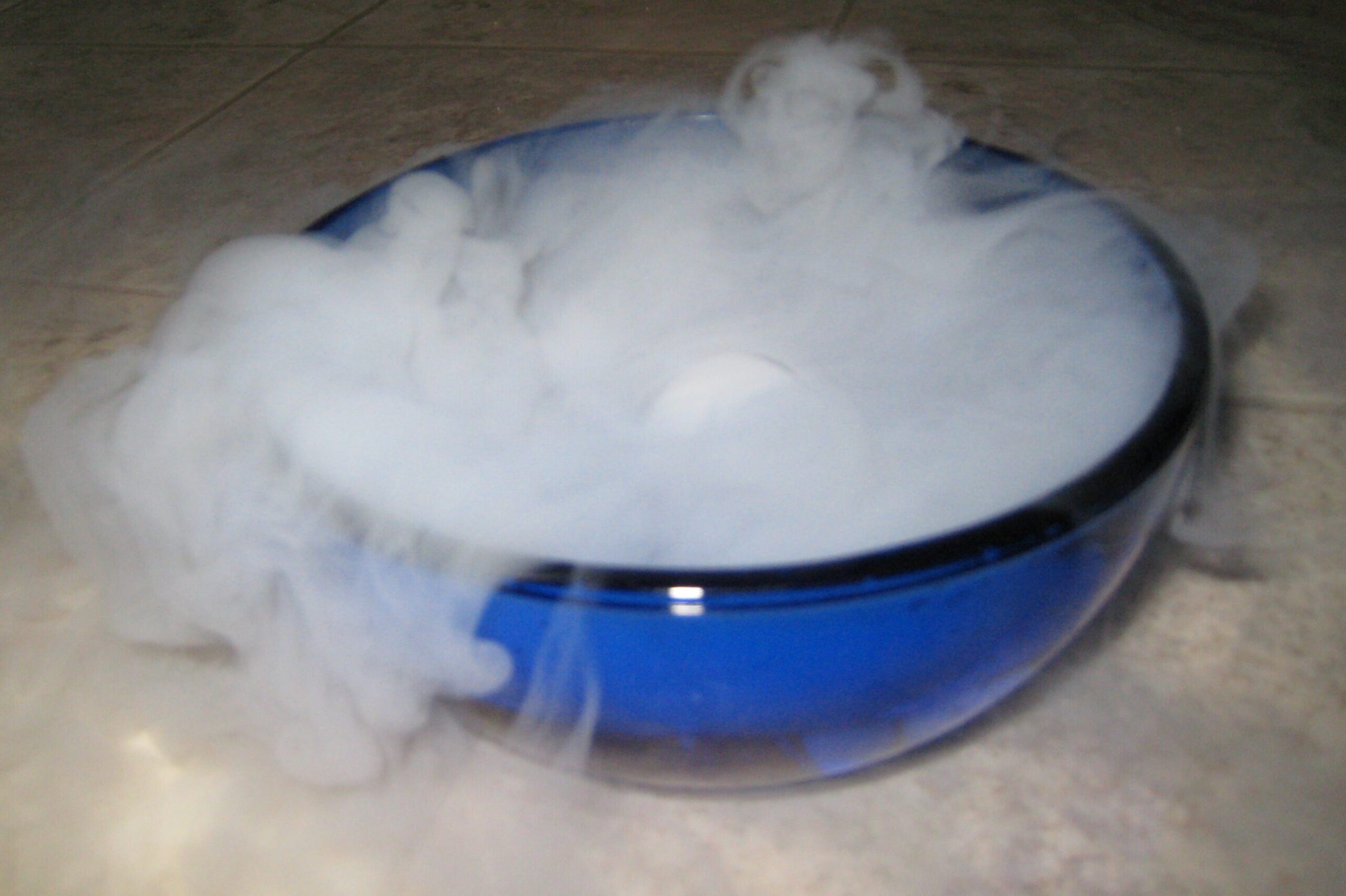
Dry ice seemed like the coolest thing ever, and science teachers knew it. While it certainly provided some spectacular visual effects, such as clouds of fog and chilling smoke, it also posed serious dangers. Many of us were encouraged to touch it or make our own dry ice “smoke” bombs—without being told just how cold the substance actually was.
The result? A few blisters and some scary burns that we didn’t anticipate. Looking back, it’s amazing how casually we were allowed to interact with something that could freeze skin almost instantly. Thankfully, no one lost a finger in the process.
3. Using Open Flames in the Classroom
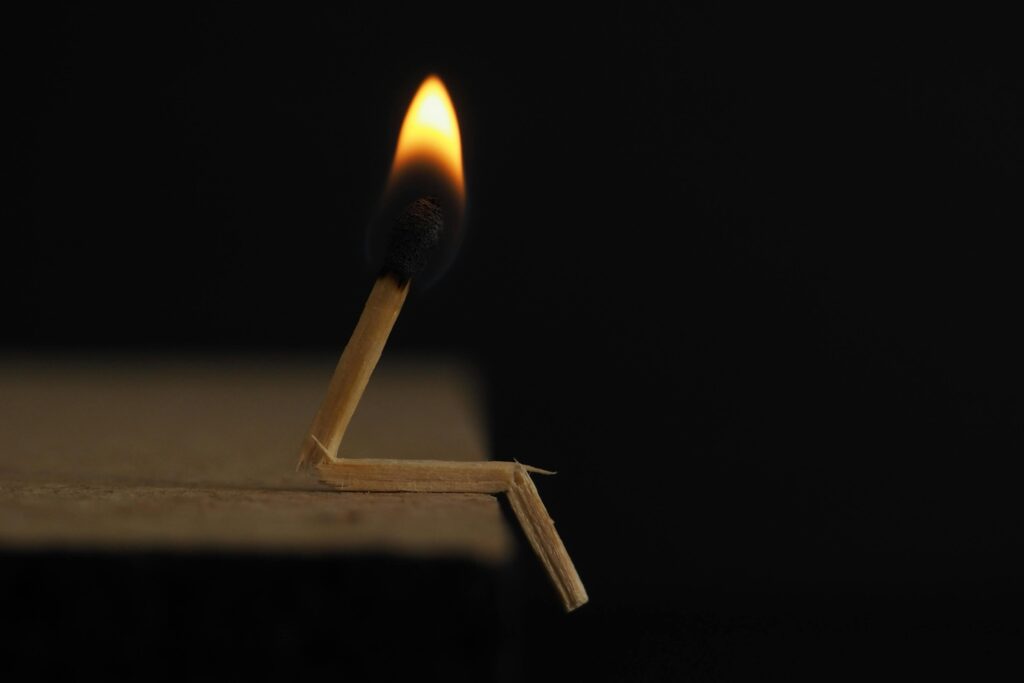
Fire was a frequent visitor in science classrooms, whether we were lighting matches for experiments or watching our teacher create mini explosions. Using Bunsen burners was a regular part of the curriculum, but with little more than a “don’t burn yourself” reminder, many of us were left to experiment with fire’s unpredictable behavior.
While it certainly made science class more exciting, it also made for some nerve-wracking moments. A quick slip or sudden gust of wind could easily turn a flame into a much larger problem. It’s a wonder no one set their hair or clothing on fire with all the open flames flying around.
4. Handling Live Electrical Wires
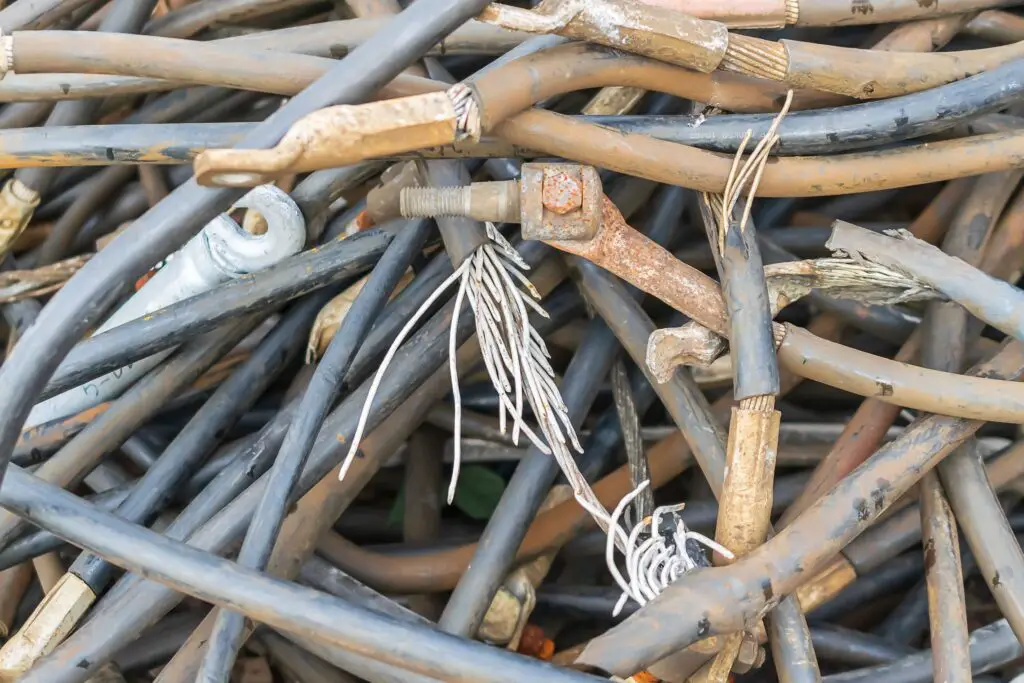
Another memorable moment from class was the time we were tasked with connecting live electrical wires as part of an experiment. With barely any instruction beyond, “Be careful with the voltage,” we were expected to complete circuits, test electrical currents, and sometimes, even stick our hands in water while holding onto a live wire.
Despite the excitement of turning light bulbs on and off with our bare hands, it was easy to forget how dangerous those seemingly harmless wires could be. A sudden zap was always a possibility, and while it didn’t happen to most of us, a few students ended up with tingling hands as a painful reminder to be more careful.
5. Making Homemade Volcanoes with Real Lava

The classic volcano experiment was often a highlight of science class, but some teachers took things up a notch by trying to make actual lava with molten metal or some seriously high-temperature substances. The idea of using real lava to simulate eruptions added a certain level of authenticity, but also some terrifying risk.
If you’ve ever seen a small-scale volcano spewing molten rock, you know how dangerous it can be. Fortunately, most of these demonstrations were closely supervised, but it was always a little too close for comfort. When the lava came pouring out, you couldn’t help but wonder how far it could reach before someone yelled, “Stop!”
6. Experimenting with Explosives
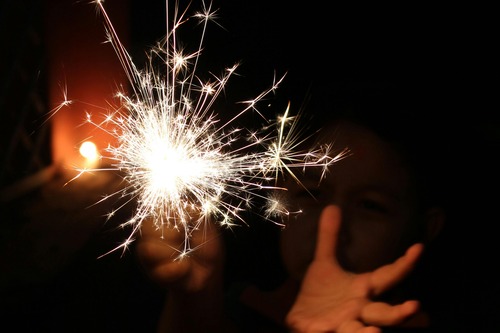
In some classrooms, a small explosion was seen as a scientific breakthrough, not a hazard. Teachers would bring in “safe” explosive chemicals for students to handle or even create their own tiny fireworks displays with gunpowder, all in the name of education. There was something undeniably thrilling about watching small objects explode in controlled environments.
However, that thrill was accompanied by an edge of fear. Accidents were surprisingly common, with students accidentally triggering explosions too early or too close. It was always the loud bangs and the startled jumps that made everyone in the class aware that things had gone a little too far.
7. Making Fireworks in Class

Speaking of explosions, there were those occasions when our science teachers let us create small fireworks during demonstrations. Not quite as dangerous as handling explosives, but still involving flammable chemicals, students were encouraged to combine elements in ways that might produce sparks, colors, and, occasionally, small fires.
The mix of bright flashes and smoke made for a memorable experience, but also highlighted just how risky those experiments could be. Teachers would always be right there, ready to douse any flames, but the tension was palpable every time a spark flew just a little too far.
8. Using Mercury in Experiments
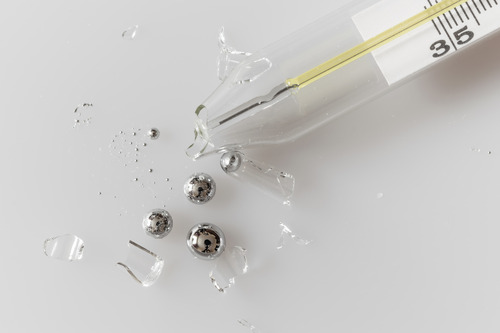
Mercury was once a staple in many science classrooms, mainly because of its fascinating liquid form and ability to conduct electricity. Science teachers would often show us how it moved, how it could interact with other substances, and sometimes even let us handle it with our bare hands.
Looking back, it’s shocking that anyone thought this was a good idea. Mercury is not only toxic but can be absorbed through the skin. The small amount we handled may not have caused any immediate damage, but exposure to it over time could have been dangerous.
9. Handling Radioactive Materials
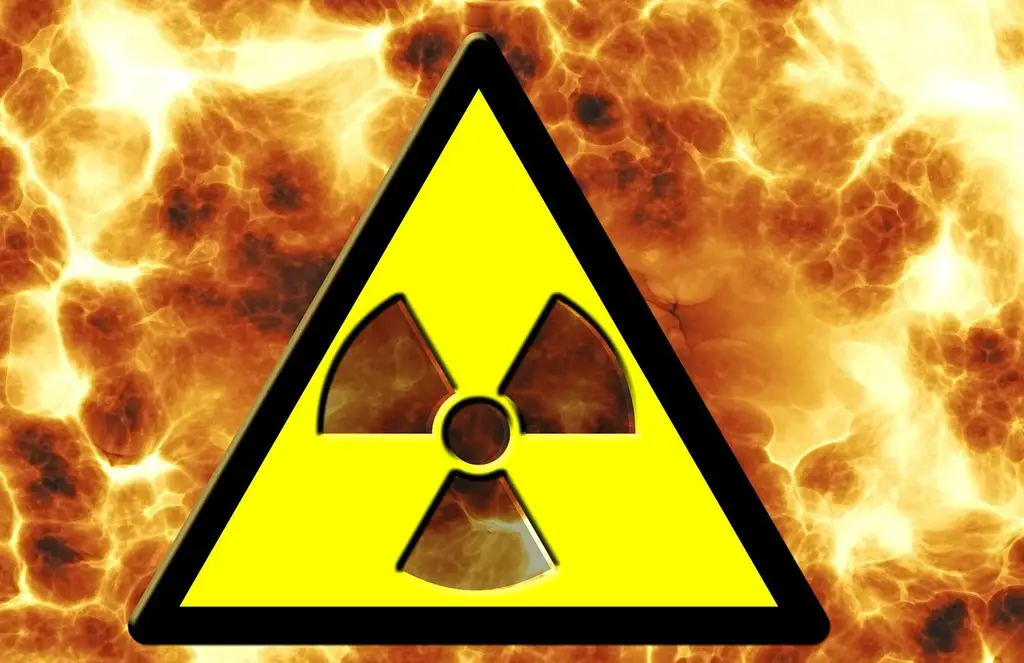
One of the more chilling things science teachers used to do was demonstrate the effects of radiation using small, radioactive materials. These substances weren’t exactly powerful enough to pose a significant threat, but the fact that we were encouraged to touch or get close to them made it seem like radiation was just another part of science.
It’s almost hard to believe that we didn’t think twice about standing near these items while watching how they reacted to different materials. Luckily, these materials were usually in controlled environments, but it’s a little unsettling to think about how easily we could have been exposed to something far more dangerous.
10. Playing with Sharp Instruments
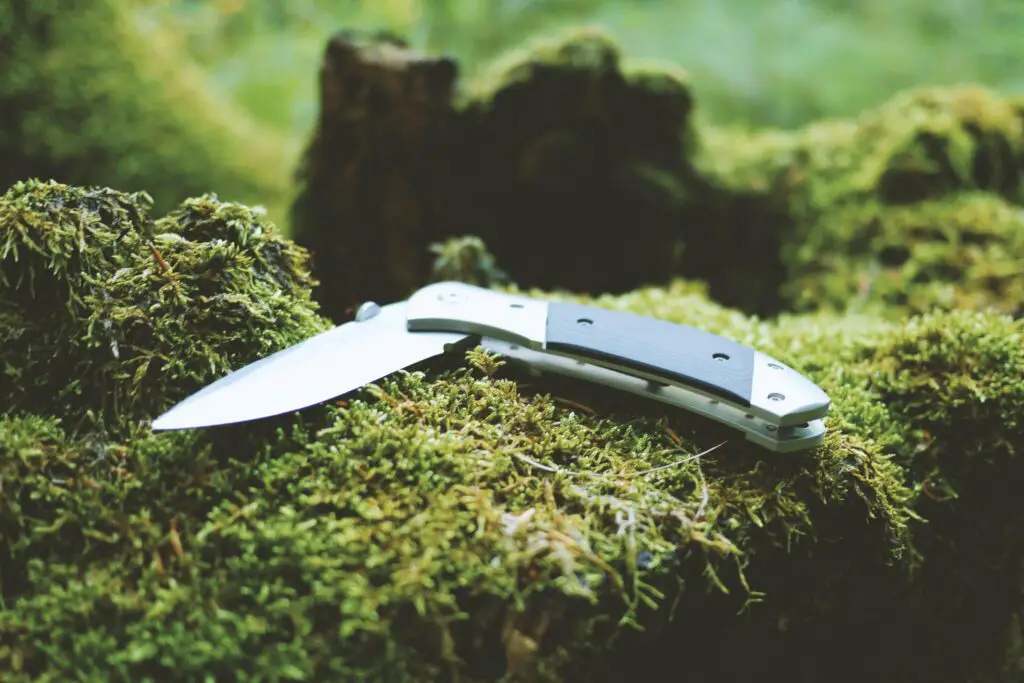
It wasn’t unusual for science teachers to give us knives, scissors, or scalpels to dissect animals or to cut through various materials. At the time, it felt like a rite of passage—handling surgical tools to explore biology. But for a group of curious students with little experience, it wasn’t always the safest activity.
There were plenty of close calls, like when someone slipped while cutting or dropped a tool, narrowly avoiding a nasty injury. The teachers were usually right there to supervise, but the fact that so many sharp instruments were so casually handed out still feels reckless in retrospect.
11. Touching Radioactive Rocks
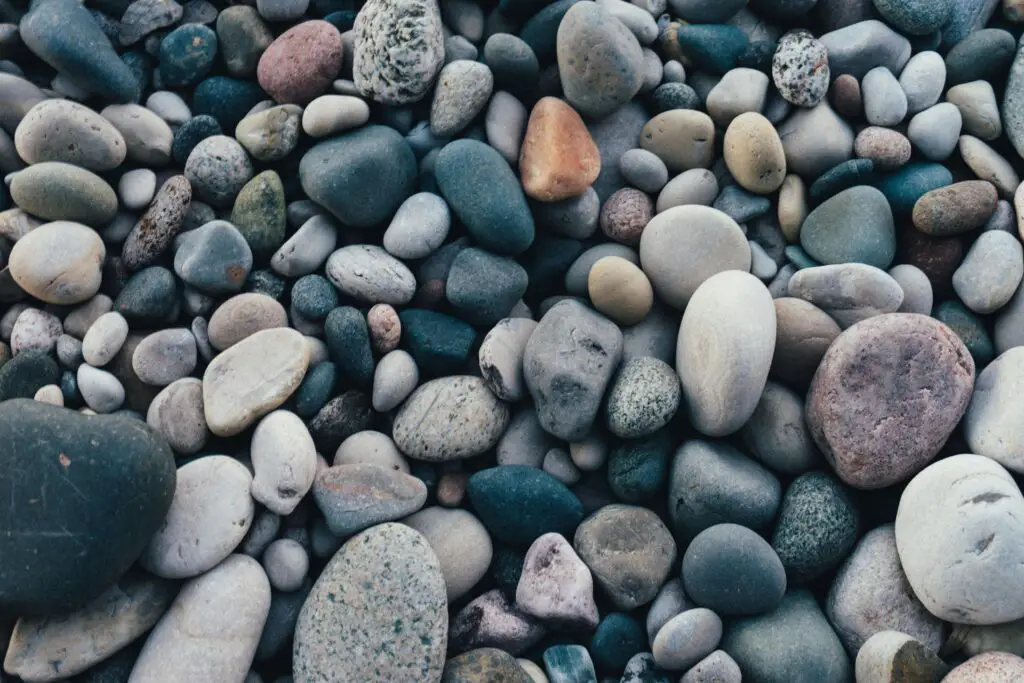
In geology class, it wasn’t uncommon for teachers to bring in a small collection of rocks, some of which contained trace amounts of radioactivity. These “rock samples” were meant to give students a hands-on experience with natural elements, but the casual way they were passed around makes you wonder how dangerous they really were.
Though the radiation levels in most rocks were low, we had no way of knowing how much exposure we were getting from handling them regularly. In the context of science class, it seemed like a harmless experiment, but today, the idea of casually touching radioactive materials raises serious concerns.
12. Using Old-School X-Ray Machines
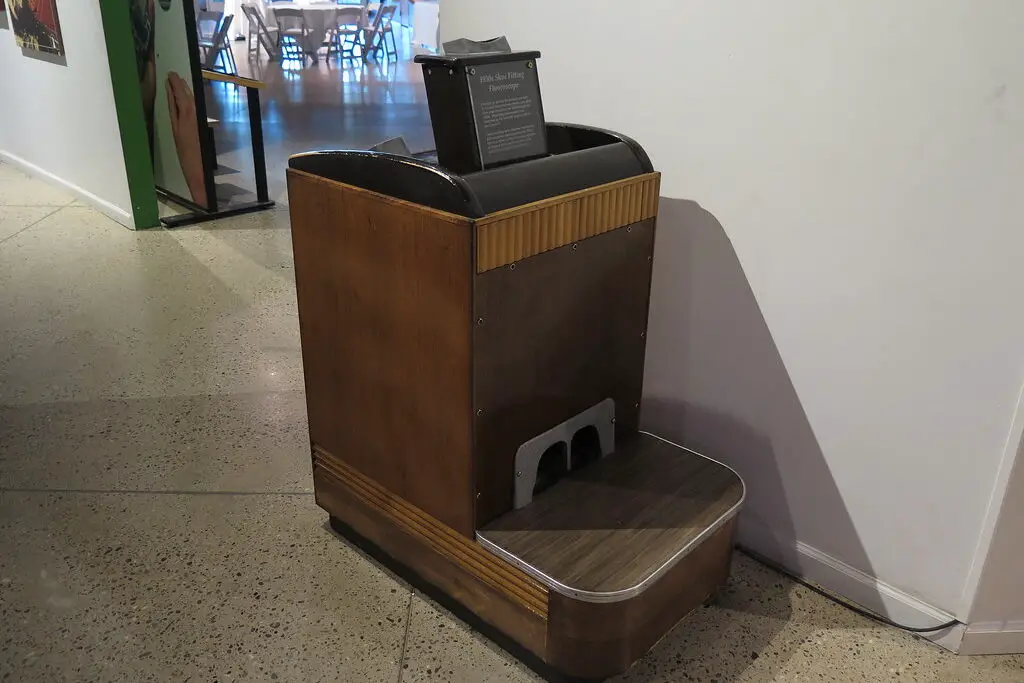
X-ray machines were sometimes used in science classrooms to show us the insides of objects or to demonstrate the power of radiation. The machines, often outdated and not as well-regulated as modern ones, were in use at a time when safety protocols weren’t as strict. Teachers would casually let us peek inside items that were placed under the X-ray machine, seemingly without a care for the risks involved.
These machines emitted a fair amount of radiation, and although the exposures were brief, we were never given the full picture of the potential dangers of prolonged or repeated exposure. Considering how much we now know about radiation, it’s surprising that this practice went on for as long as it did.
13. Testing the Strength of Materials with Pressure
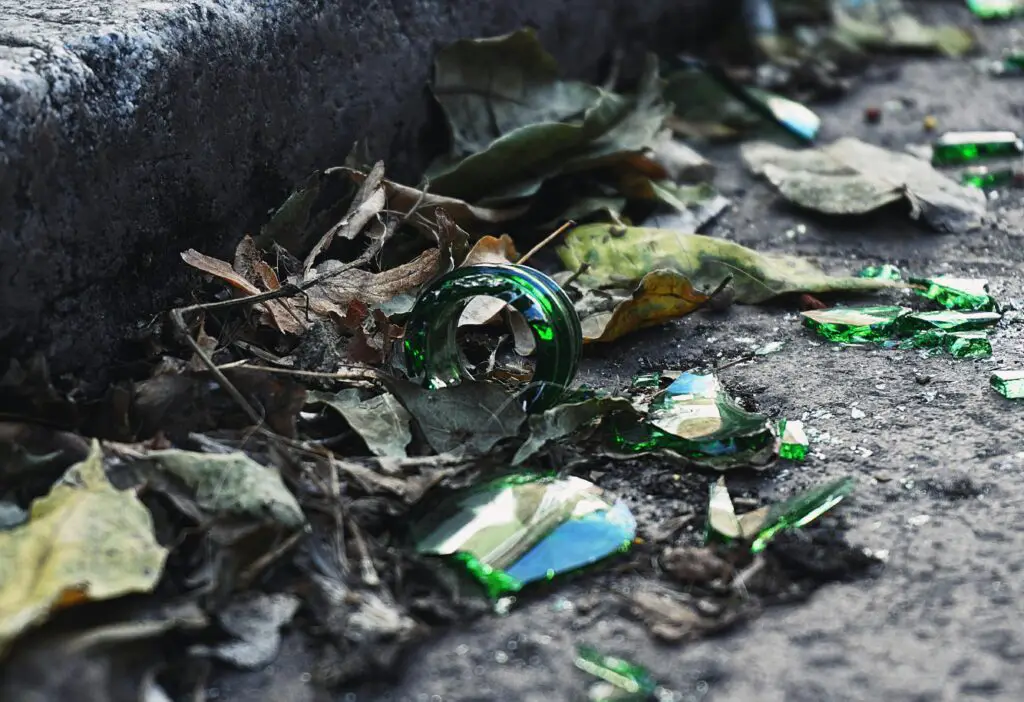
Another risky experiment involved testing how different materials held up under pressure. Teachers would often demonstrate this by crushing, compressing, or stretching various substances like rubber, metals, or even glass. Students were encouraged to predict the breaking points or try to apply the pressure themselves.
While these experiments were educational, they could also be very dangerous. If a piece of glass shattered or a metal object snapped under too much strain, it could result in serious injuries. The unpredictable nature of these experiments always added an element of danger to the excitement.
14. Using Old Chemistry Sets
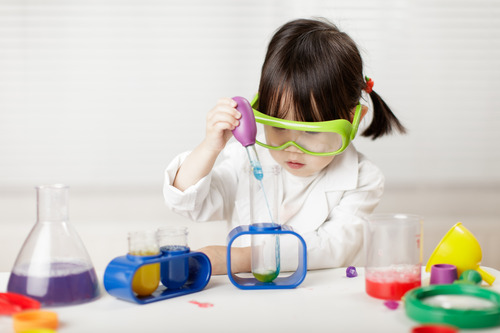
Before the days of tightly regulated chemistry kits, many students were given basic chemistry sets that contained everything from powders to acids. These kits encouraged a DIY approach to science, allowing us to experiment with various substances. But some of these sets contained chemicals that were no longer deemed safe to handle, let alone mix.
While we were often given instructions to keep us safe, there was always the risk of handling an outdated chemical or accidentally creating something far too dangerous. It wasn’t uncommon for these experiments to lead to minor burns, skin irritation, or other injuries, making it clear that, while fun, the chemistry set was not as safe as it seemed.
